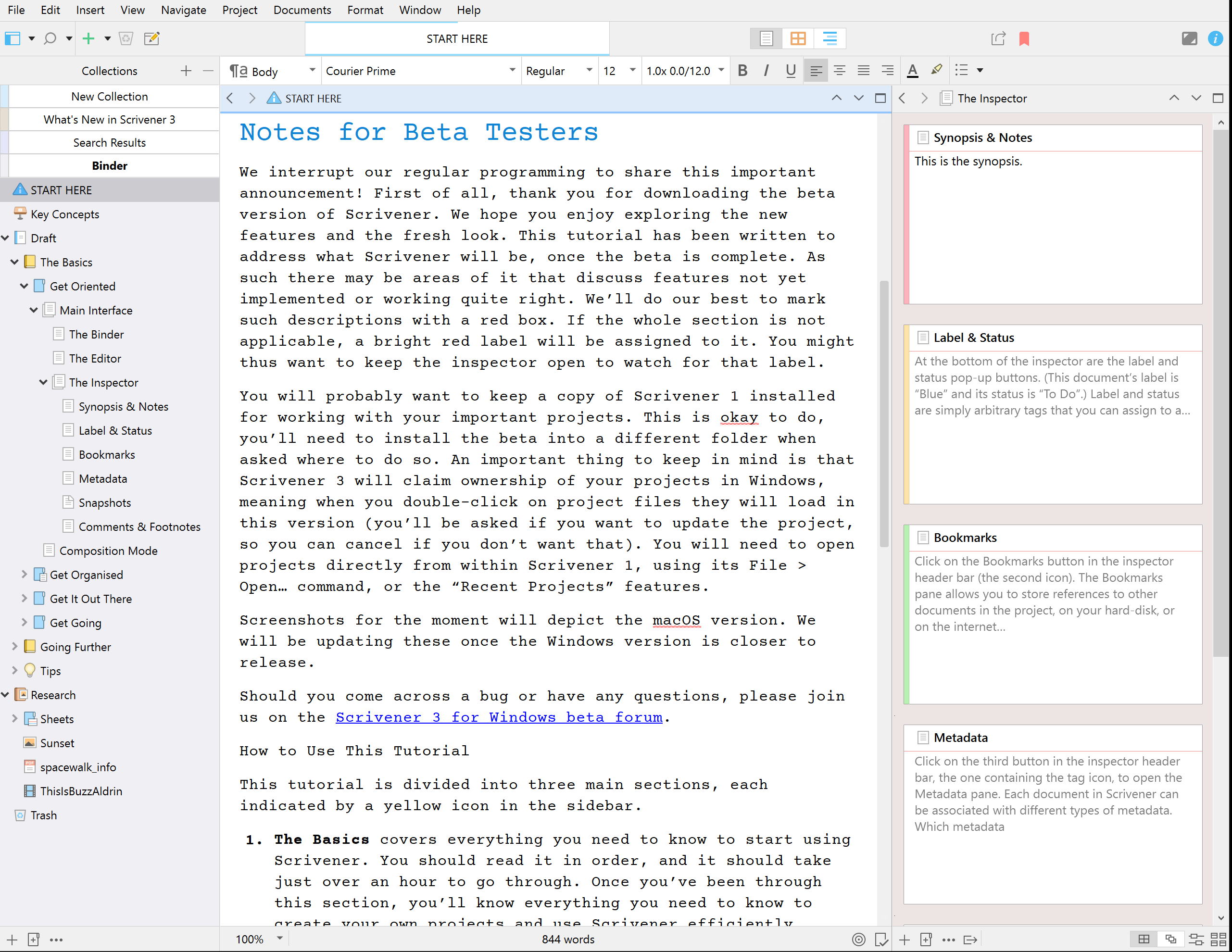

So I increased my writing time by ~84% in 2021. In 2020, I spent 14,398 minutes (almost 240 hours) on writing. I also totaled up my writing from 2020 to see how the years compared. Logged 26,541 minutes of writing activity, which equals 442.35 hours.

Wrote 64,598 words (not a lot, because I spent most of the year revising existing work).According to Online Writing Log, my favorite writing tracker, I: I’ve been so lazy this week, the poor thing probably thinks I’m dead.) and I track my writing. I’ve mentioned before on here that I’m one of those nerdy people who likes trackers. I haven’t heard anything back, and I think they’re going to announce the winners publicly on Wednesday, so I’m guessing that’ll be another rejection, but, hey, *I* like the story, and I may be able to find a home for it elsewhere. Wrote and submitted a short story for the 2021 IWSG Anthology Contest.Won first place in the Arizona Authors Association annual literary contest for my still-not-finished novel, Delta Dawn.Had 2 short stories published (“ Open House” and “ Woe is Me, Poor Child, for Thee“).and started querying (more info on that misadventure later in this post) “Finished” my first novel, Vanishing, Inc.And as I mentioned in my last year-end retrospective post ( State of the blog and most popular posts of 2021), I find it helpful to do some annual stock-taking to evaluate my progress and learn from my own work.

I enjoy these kinds of posts from other writers, because it helps me see behind the curtain of their careers and get a more realistic understanding of what a year in a writer’s life can look like. I hope you’ll indulge me in a little year-end navel-gazing. I published some stories, made some progress, endured some frustration, and learned, learned, learned. This made head glitching at long range very hard to see, but I haven't found anything like this is Infinite yet (and there's outlines) so bigger is better.2021 was an eventful year in my writing career. One exception to this was in Reach you could get a helmet with no team color on the top half of it. Look at your model profile from front and side, especially the head, and see if you can mess with it. So you want big, and you want shapes sticking out. ie A 240ms reaction instead of a 210ms type thing. It's not easy to throw out to point of being consciously noticable, but it's certainly possible throw it out to point slowing it down slightly.

This info you read super quick and subconsciously. Certain silhouette shapes communicate certain info, such as if opponent is facing towards you or to the side. Second (slight) factor is breaking up the silhouette. As opposed to shooting at smaller models, where you're more encouraged to aim centre hitbox. Generally the (very slight) competitive edge goes to the bigger models not smaller.Īll having the same sized hitbox means bigger models have more "fake hitbox" not contained within the real hitbox.
SCRIVENER 3 MAKE SMALLER ALL CAPS FOR REST OF WORD SERIES


 0 kommentar(er)
0 kommentar(er)
